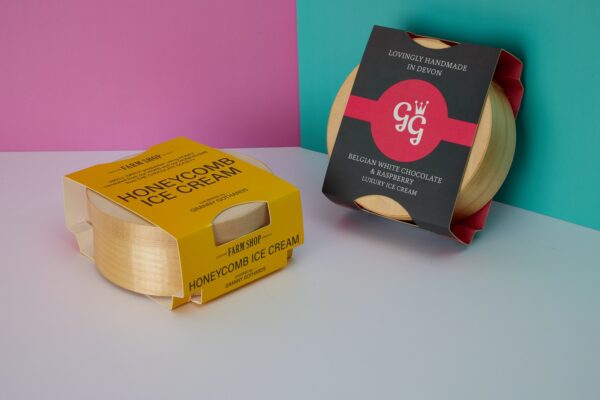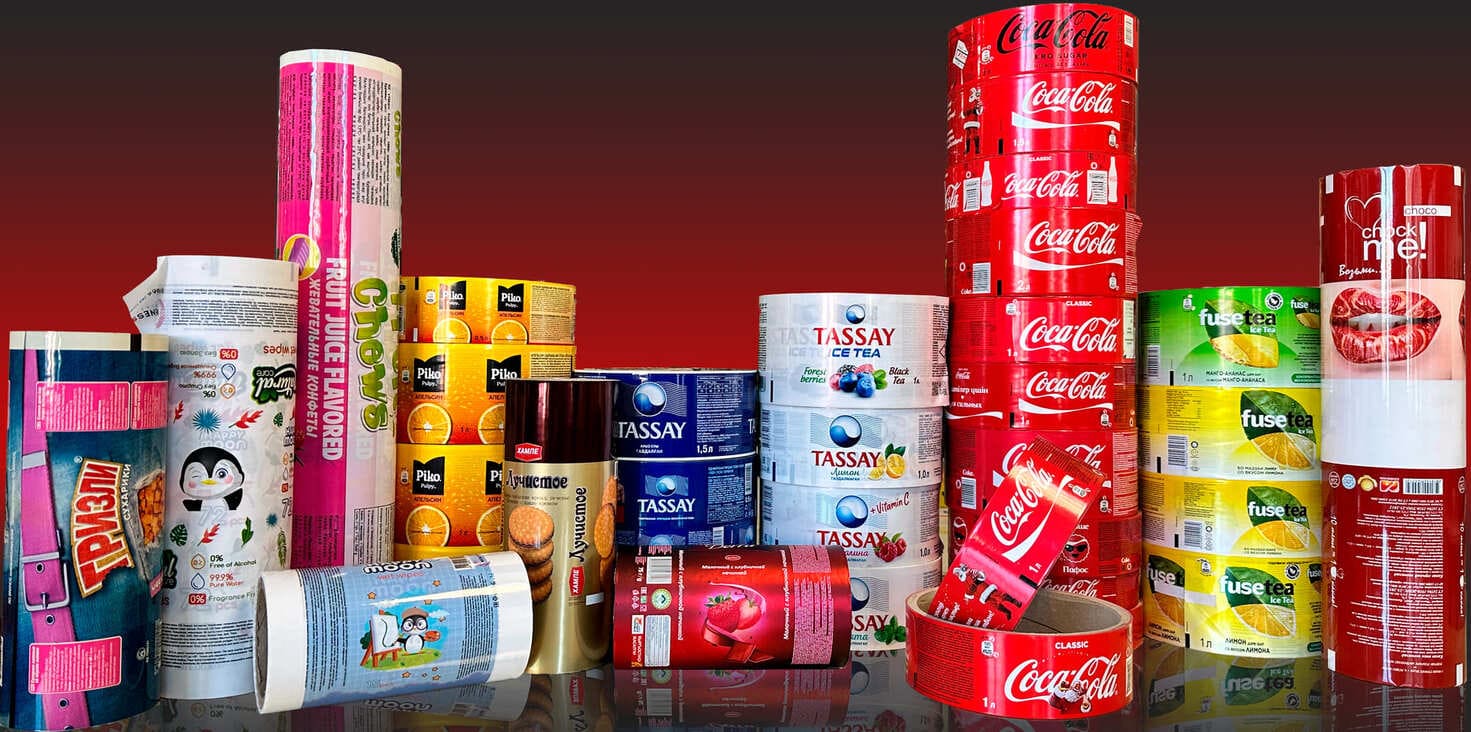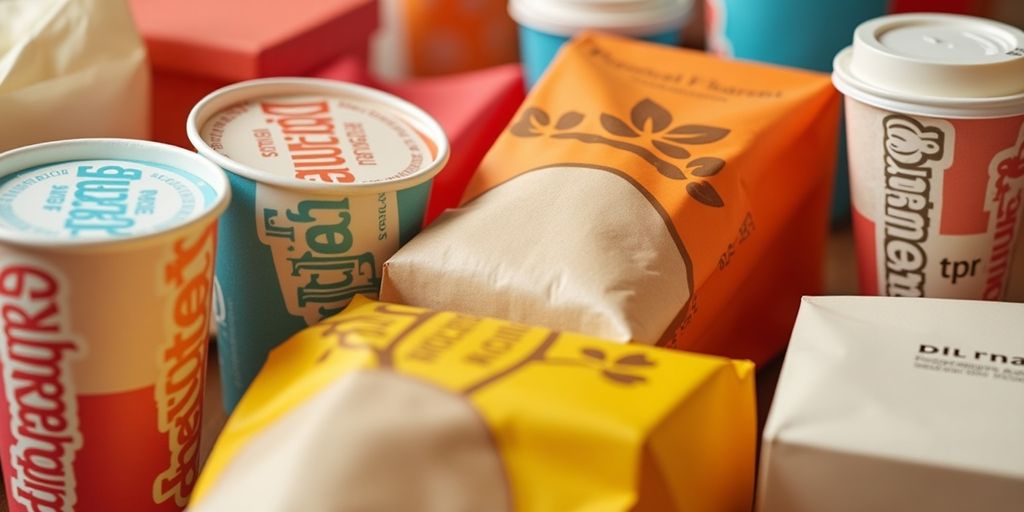In the modern world, lamination with food safe inks has become a crucial aspect of food packaging. The need for safe packaging solutions has never been more important as consumers are increasingly aware of the materials that come into contact with their food. This article will delve into the importance of using food safe inks in lamination, especially considering the safety and health of consumers.

Why Food Safe Inks are Essential
Food safe inks are specially formulated to ensure that the chemicals used do not leach into the food products. This is vital to maintaining the integrity and safety of food items. When inks are not food safe, there is a risk of contamination which can lead to health issues. Hence, the use of these inks in lamination is not just a preference but a necessity for food safety standards.
Understanding Lamination in Packaging
Lamination involves bonding multiple layers of materials to create a barrier that protects the product inside. In food packaging, this process often involves the use of food safe inks to ensure that the printed graphics do not compromise the safety of the food.
The Role of Lamination
The primary function of lamination in food packaging is to enhance the durability and lifespan of the package. It provides a protective barrier against moisture, oxygen, and other environmental factors that could lead to spoilage. By using food safe inks, manufacturers ensure that the lamination process does not introduce harmful substances into the food.
Benefits of Using Food Safe Inks
The use of food safe inks provides several advantages:
- Health Safety: Ensures that no harmful substances migrate into the food.
- Brand Trust: Consumers trust brands that prioritize safety.
- Compliance: Meets regulatory standards set by food safety authorities.
Health Safety
The primary benefit of using food safe inks is the assurance of health safety. Consumers are increasingly concerned about what goes into their food, and using safe inks helps in maintaining the purity of the food product.
Brand Trust
Brands that use food safe inks in their packaging can build trust with their consumers. It shows a commitment to safety and quality, which can be a significant differentiator in the market.
Compliance with Regulations
Food packaging is subject to stringent regulations. By using food safe inks, companies can ensure compliance with food safety standards, avoiding potential legal issues and penalties.
Types of Food Safe Inks
There are various types of food safe inks used in lamination:
- Water-based inks: These are environmentally friendly and safe for food packaging.
- UV-cured inks: These inks are cured using ultraviolet light and are known for their durability.
- Solvent-free inks: These inks do not contain volatile organic compounds, making them safer for food contact.
Water-based Inks
Water-based inks are a popular choice for food packaging because they are eco-friendly and do not contain harmful solvents. They are ideal for printing on a variety of substrates used in food packaging.
UV-cured Inks
UV-cured inks offer excellent durability and are resistant to fading. They are cured using UV light, which makes them a preferred choice for high-quality food packaging.
Solvent-free Inks
Solvent-free inks are gaining popularity due to their safety profile. They are free from volatile organic compounds (VOCs) and are ideal for applications where ink safety is a primary concern.
Challenges in Using Food Safe Inks
Despite their benefits, there are challenges associated with food safe inks:
- Cost: These inks are generally more expensive than traditional inks.
- Availability: Not all ink suppliers offer a wide range of food safe inks.
- Technical Requirements: They may require specific printing equipment and processes.
Cost Implications
One of the main challenges of using food safe inks is the cost. These inks tend to be more expensive than conventional inks, which can impact the overall cost of packaging production.
Availability Concerns
Not all suppliers have a comprehensive range of food safe inks. This can limit options for manufacturers looking to switch to safer ink alternatives.
Technical Requirements
Using food safe inks often requires specific printing equipment, which can be a barrier for companies that do not have access to such technology.
Innovations in Food Safe Inks
There are ongoing innovations in the field of food safe inks, making them more accessible and effective:
- Advanced Formulations: New formulations are being developed to enhance ink performance.
- Improved Sustainability: Focus on creating inks that are both safe and environmentally friendly.
- Enhanced Color Quality: Innovations are improving the vibrancy and quality of colors used in food packaging.
Advanced Formulations
Recent advancements in ink formulations have led to the development of food safe inks that offer better adhesion, faster drying times, and improved resistance to environmental factors.
Improved Sustainability
There is a growing emphasis on sustainability in the packaging industry. Innovations in food safe inks are focusing on reducing environmental impact while maintaining safety standards.
Enhanced Color Quality
Innovations are also enhancing the color quality of food safe inks, ensuring that packaging graphics are vibrant and appealing while remaining safe for food contact.
The Future of Food Safe Inks
The future of food safe inks looks promising as more companies adopt these safer alternatives. With ongoing research and development, these inks are expected to become more affordable and widely available, ensuring that safe packaging becomes the norm rather than the exception.
Increased Adoption
As awareness of the importance of food safe inks grows, more companies are likely to adopt these inks in their packaging processes, leading to increased availability and reduced costs.
Potential for Innovation
The field of food safe inks is ripe for innovation. With continuous research, there is potential for developing new formulations that are even safer and more effective.
Conclusion
Lamination with food safe inks is not just a trend but a necessity for ensuring the safety of food products. As consumers become more conscious of food safety, the demand for food safe inks will continue to rise, driving innovations and improvements in this essential aspect of food packaging.

FAQs
Q: Are all lamination inks food safe?
A: Not all inks are food safe. It is important to choose inks specifically labeled as food safe for packaging.
Q: What are the benefits of using food safe inks?
A: They ensure health safety, build brand trust, and comply with regulations.
Q: Can I use regular inks for food packaging?
A: Regular inks may not be safe for food contact. It is recommended to use food safe inks to prevent contamination.
This article contains affiliate links. We may earn a commission at no extra cost to you.






